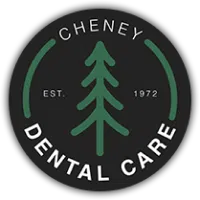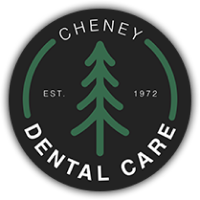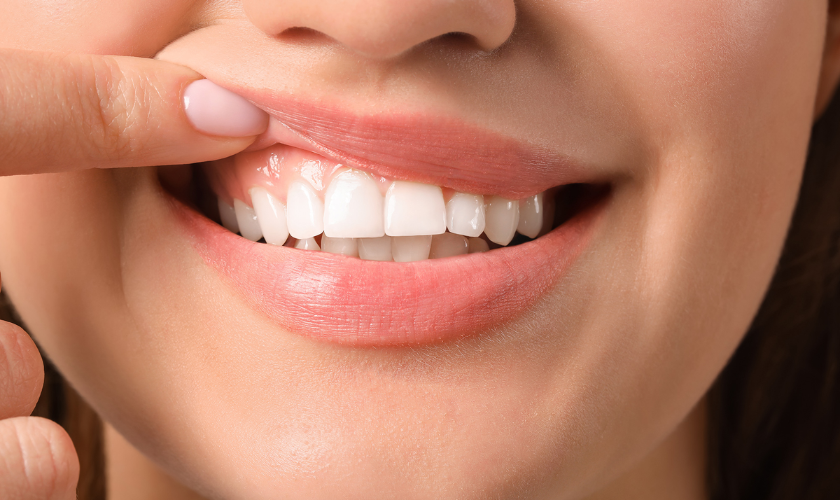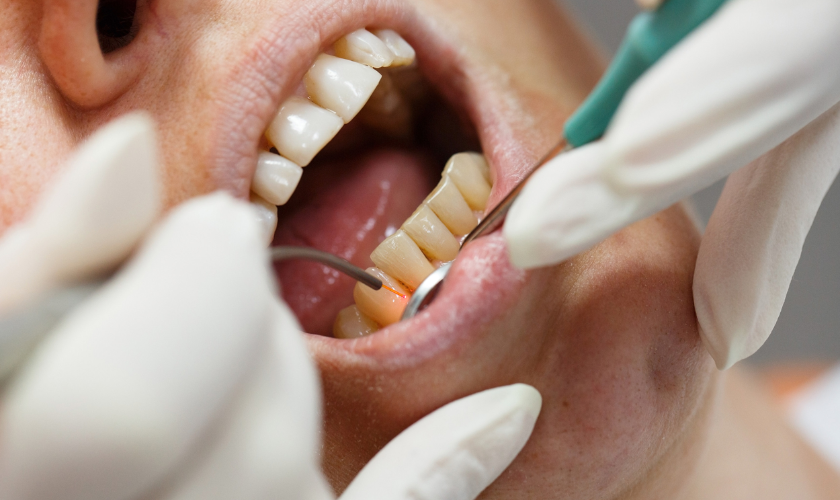Everything You Need To Know About Periodontal Therapy Aftercare and Maintenance
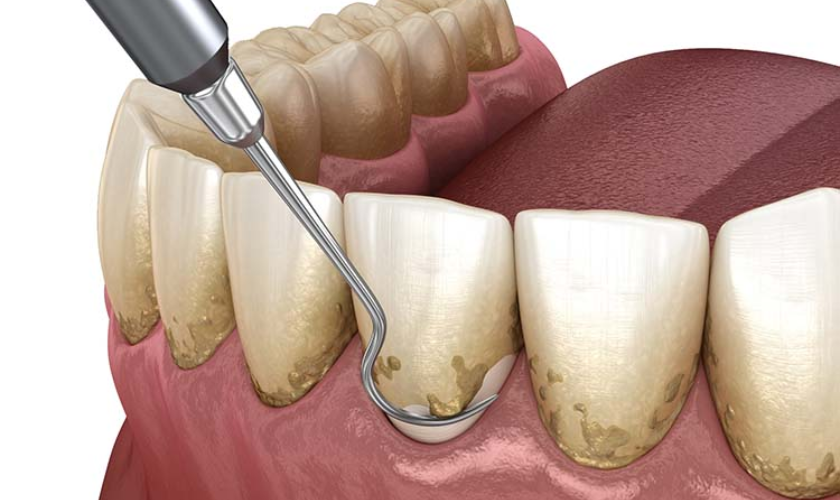
A smile reflects more than just happiness; it mirrors a person’s overall health and well-being. However, many individuals encounter dental issues, particularly those related to gum health, known as periodontal disease. Seeking periodontal therapy is crucial, but the real success lies in aftercare and maintenance. This comprehensive guide aims to shed light on the significance of periodontal therapy aftercare and how it contributes to maintaining optimal oral health.
Understanding Periodontal Therapy
Periodontal disease, characterized by inflammation and infection of the gums, requires professional intervention. This disease affects the gums and the supporting structures of the teeth, including the bone and ligaments. It’s caused by the buildup of plaque—a sticky film of bacteria—on the teeth. Understanding periodontal therapy involves grasping the following key aspects:
Types and Stages of Gum Disease
Gingivitis: This is the initial stage of gum disease, characterized by inflammation of the gums. It’s often reversible with proper oral hygiene and professional cleaning.
Periodontitis: When gingivitis isn’t treated, it can progress to periodontitis. In this condition, the infection spreads below the gum line and damages the bone and fibers that hold teeth in place.
The Importance of Aftercare
Post-treatment care plays a pivotal role in the success and longevity of periodontal therapy. Patients must adhere to specific aftercare instructions provided by their dentist or periodontist. These may include proper oral hygiene practices, dietary adjustments, and the use of prescribed medications or mouth rinses.
Essential Aftercare Practices
- Impeccable Oral Hygiene: Keeping your mouth clean is key to successful aftercare. Brush your teeth gently twice a day with a soft-bristled toothbrush and fluoride toothpaste. Your dentist might suggest using specific tools or techniques, like an antimicrobial mouthwash, to aid your recovery. These tools are tailored to suit your individual needs post-treatment.
- Regular Dental Check-ups: Scheduled follow-up visits are essential for your healing process. These appointments help your dentist monitor the condition of your gums and check the progress of your treatment. If any concerns arise, they can be addressed promptly, ensuring effective recovery.
- Healthy Lifestyle Choices: Opting for a balanced diet full of essential nutrients not only boosts your overall health but also supports gum healing. Foods rich in vitamins like C and D aid in tissue repair and strengthen your immune system. Moreover, steering clear of tobacco products significantly enhances gum health. Smoking or chewing tobacco can hinder your recovery process and increase the risk of complications.
- Gentle Care for Sensitive Areas: After periodontal therapy, some areas of your gums might be sensitive. Take extra care while brushing and flossing around these tender spots. Using a gentle touch helps prevent irritation and supports the healing process.
- Stay Hydrated: Drinking an adequate amount of water is beneficial for oral health. It helps wash away food particles and bacteria, reducing the risk of infections or complications.
- Manage Stress: Stress can weaken your immune system, impacting your body’s ability to heal. Engage in relaxation techniques or activities that help alleviate stress, such as yoga, meditation, or spending time with loved ones.
Challenges and Solutions
Patients encounter various challenges when it comes to maintaining consistent aftercare practices after periodontal therapy. Some of these hurdles include:
- Time Constraints: Busy schedules often make it challenging to allocate enough time for proper oral care routines. Balancing work, family, and other commitments might lead to neglecting post-treatment care.
- Forgetfulness: Remembering to follow specific aftercare instructions can be difficult, especially amidst daily tasks and responsibilities. Remembering to use prescribed mouth rinses or skipping regular flossing sessions can help recovery.
- Lack of Understanding: Some patients might need to fully comprehend the significance of aftercare practices in supporting the healing process. They might need to be more aware of the impact of diligent oral hygiene on their overall recovery.
To overcome these challenges, consider implementing these solutions:
- Setting Reminders: Use alarms or smartphone reminders to prompt you to brush, floss, or use prescribed mouth rinses. These reminders help establish a routine until these practices become habitual.
- Creating a Routine: Incorporate aftercare practices into your daily routine. Brushing and flossing at the same time every day can turn these actions into automatic habits.
- Seeking Professional Guidance: Don’t hesitate to reach out to your dental professional for guidance and support. They can clarify any doubts regarding aftercare instructions and provide valuable tips to ensure your recovery progresses smoothly.
Long-term Maintenance for Lasting Results
- Continuous Monitoring: After your initial treatment, it’s vital to keep an eye on your gum health. Watch out for any signs of gum disease returning, like bleeding while brushing or swollen gums. If you notice any concerns, contact your dentist promptly.
- Regular Dental Visits: Remember those dental check-ups! Visiting your dental office as advised allows them to evaluate your gum health, clean hard-to-reach areas, and catch any issues early. These routine visits play a pivotal role in maintaining the results of your periodontal therapy.
- Adaptation to Changing Needs: Your oral care needs may change over time. Aging, lifestyle changes, or other health conditions can impact your gums. Be open to adjusting your oral hygiene routine or treatment plan as recommended by your dental professional.
- Ongoing Oral Hygiene: Stick to the good habits you’ve developed during your aftercare period. Brush gently, floss regularly, and use any specialized tools or mouth rinses recommended by your dentist.
- Healthy Lifestyle Choices: Keep up with a healthy lifestyle. A balanced diet, drinking plenty of water, and avoiding tobacco products contribute significantly to maintaining your gum health.
- Stay Informed: Keep yourself updated on the latest dental practices and recommendations. Dental technology and treatments advance, so being informed helps you make the best choices for your oral health.
Periodontal therapy offers a lifeline to individuals suffering from gum disease, but its success hinges on diligent aftercare and long-term maintenance. By maintaining good oral hygiene and prioritizing regular dental check-ups, individuals can preserve their gum health and enjoy a radiant smile for years to come. In essence, periodontal therapy aftercare and maintenance form the cornerstone of sustained oral health. Commitment to these practices empowers individuals to take charge of their oral well-being, ensuring a confident and healthy smile that lasts a lifetime.
